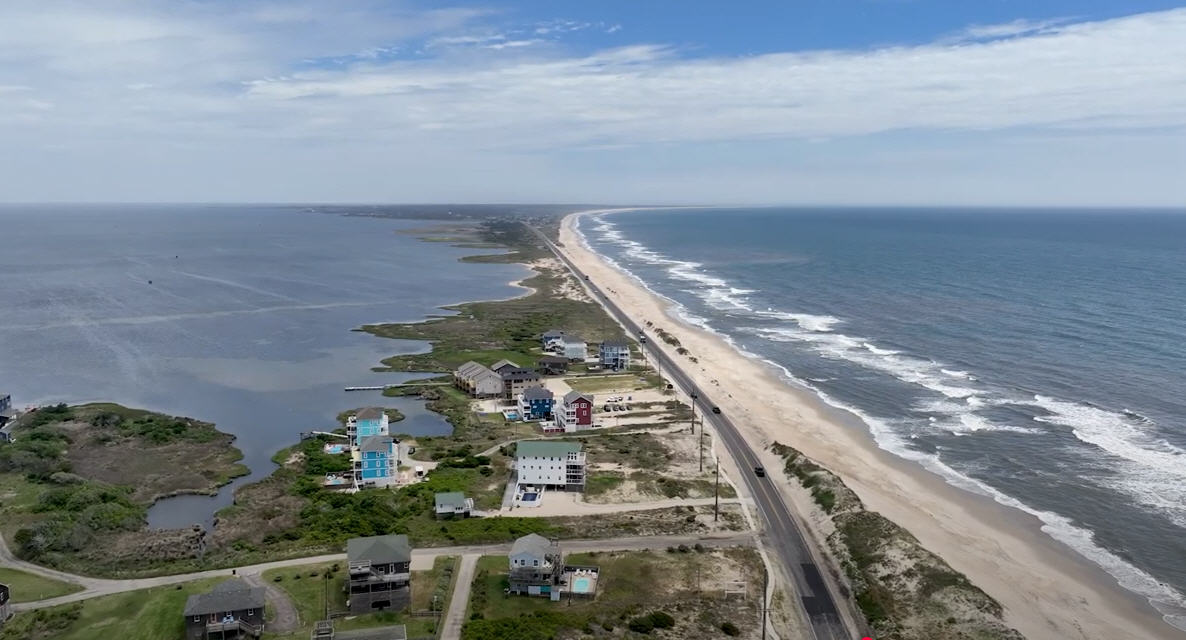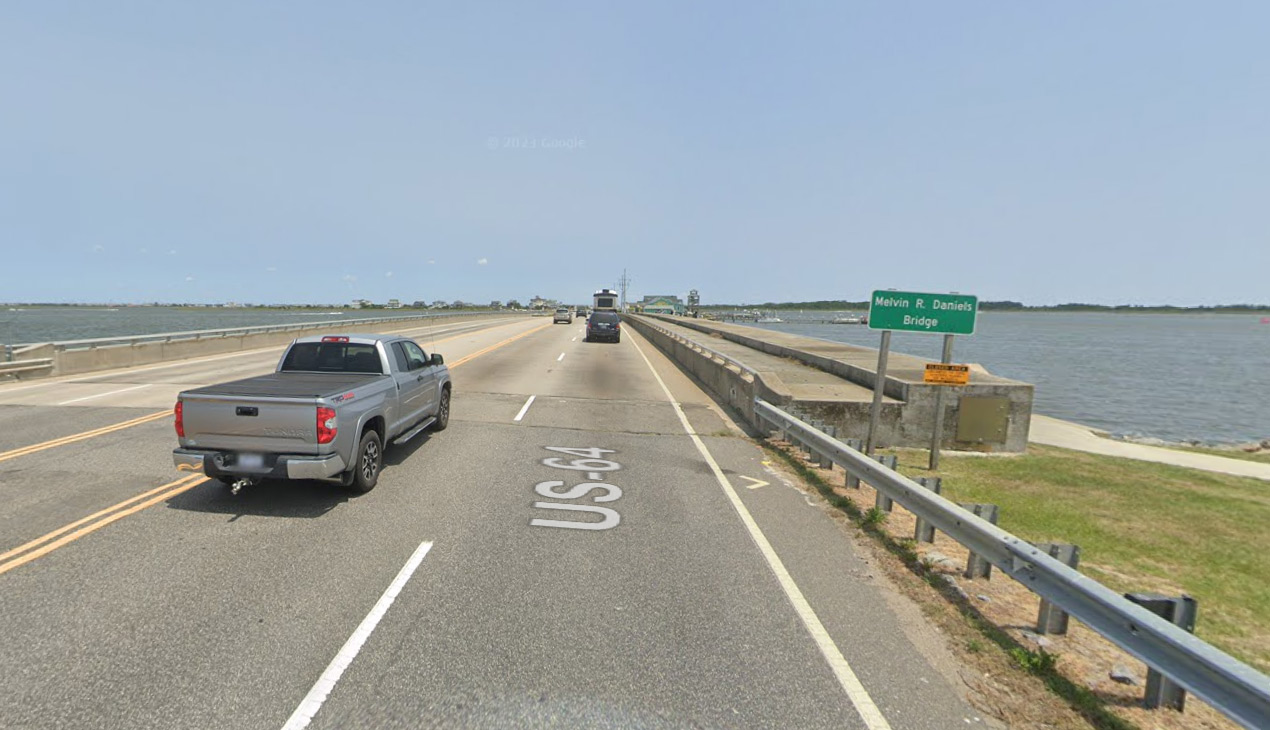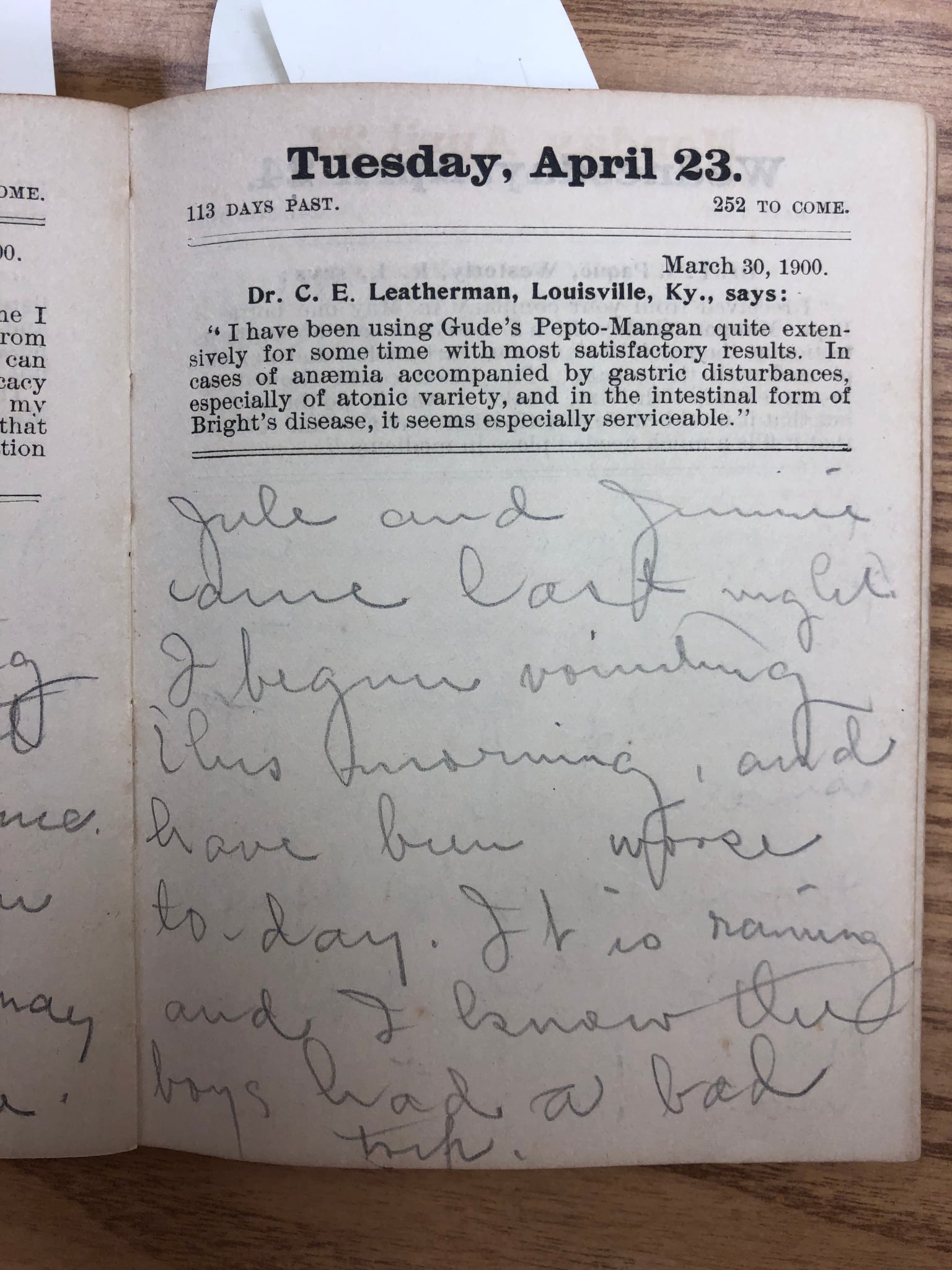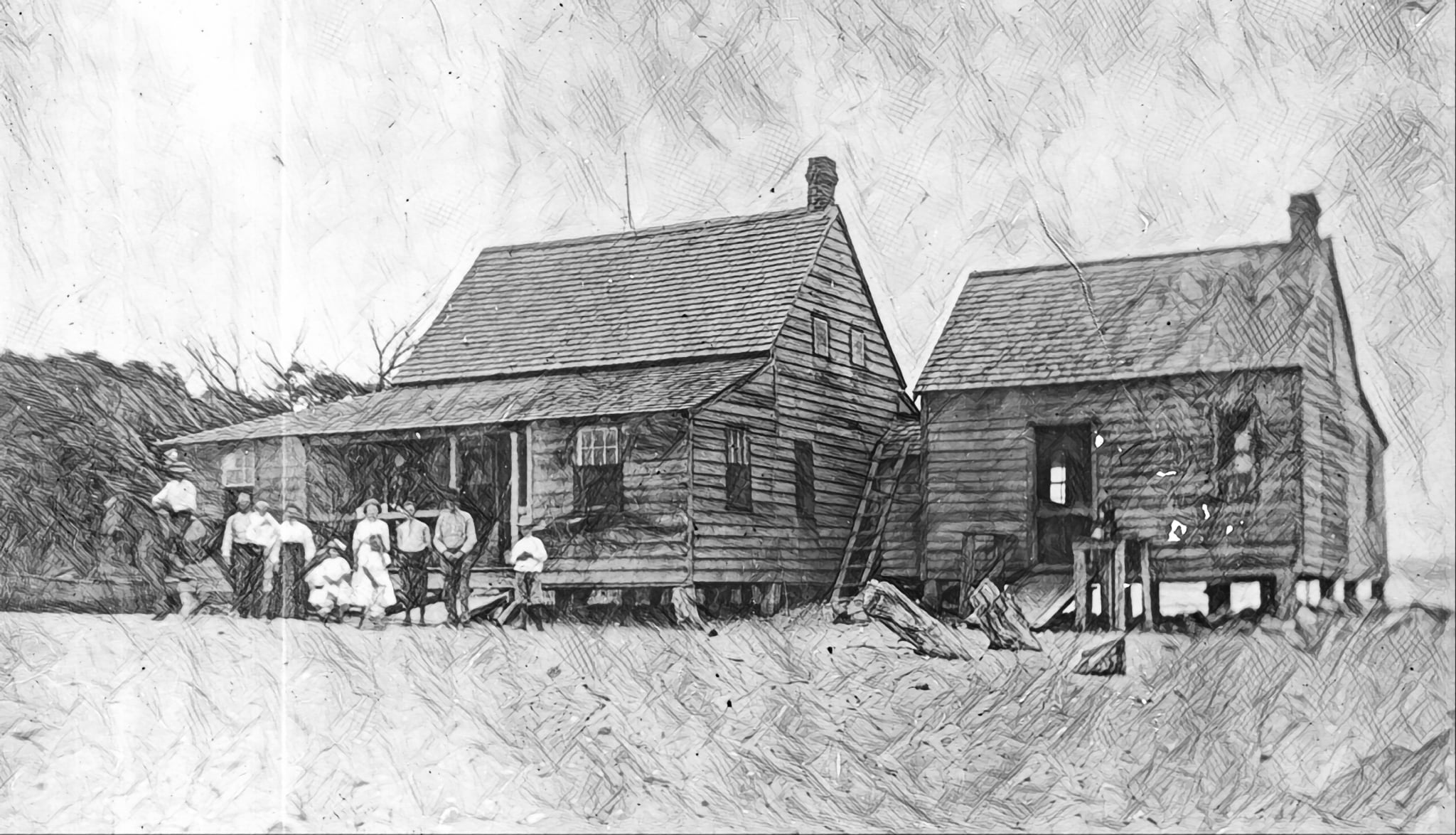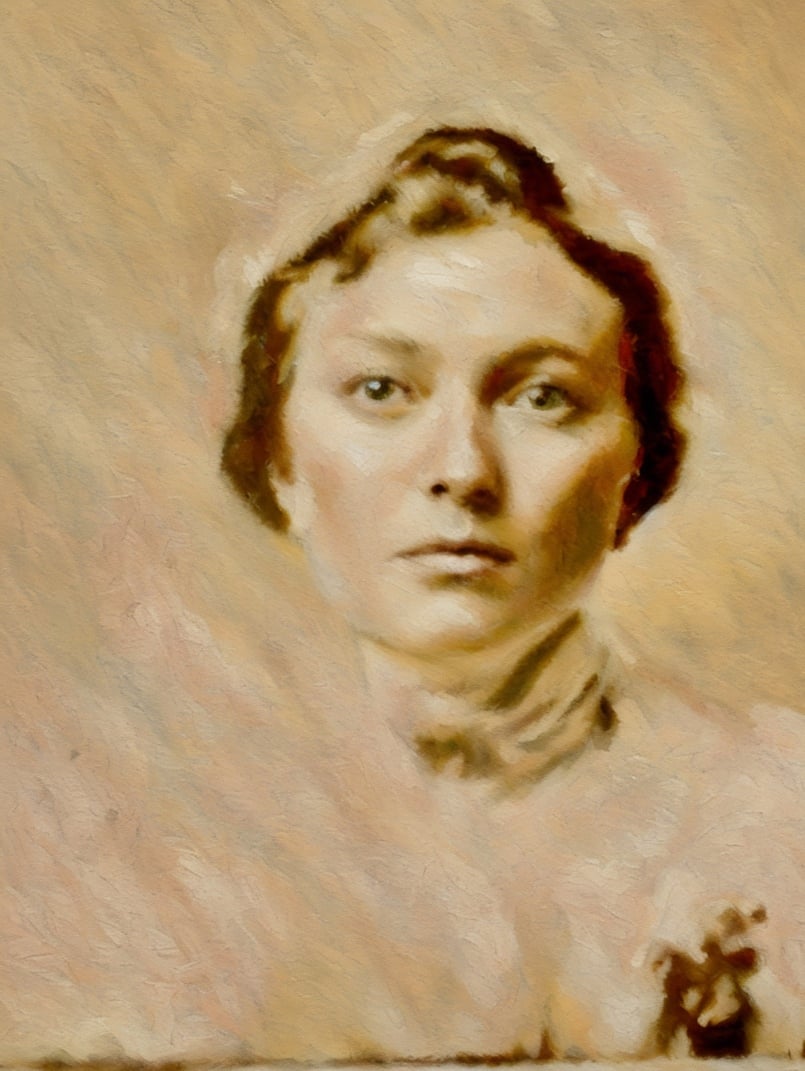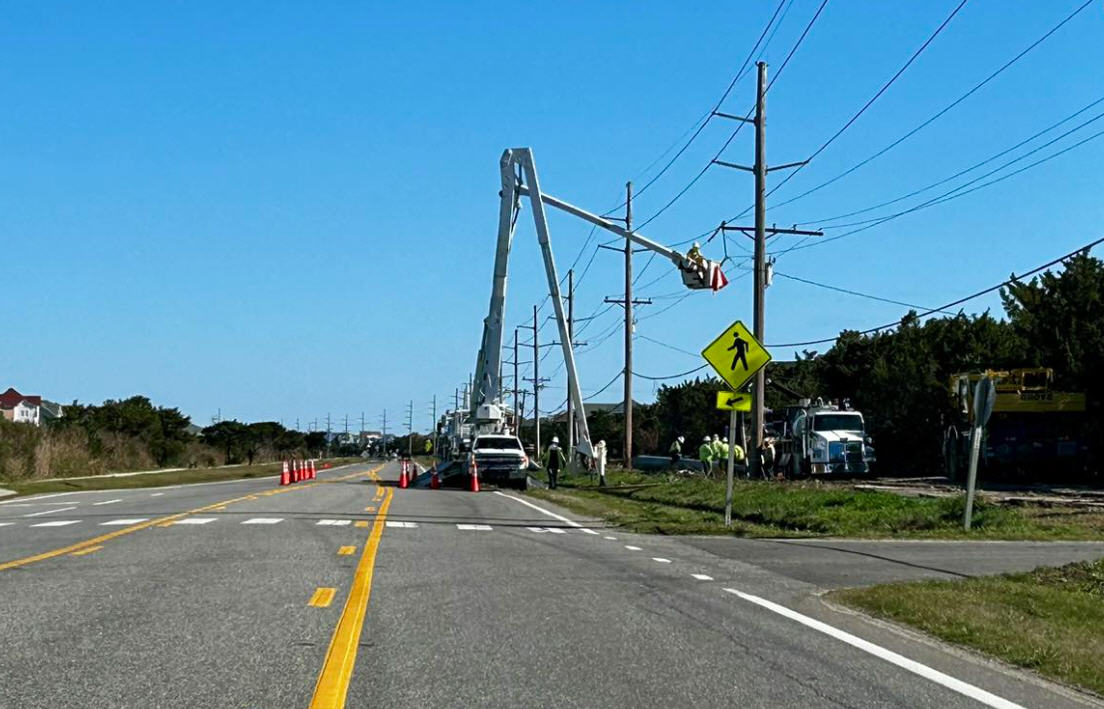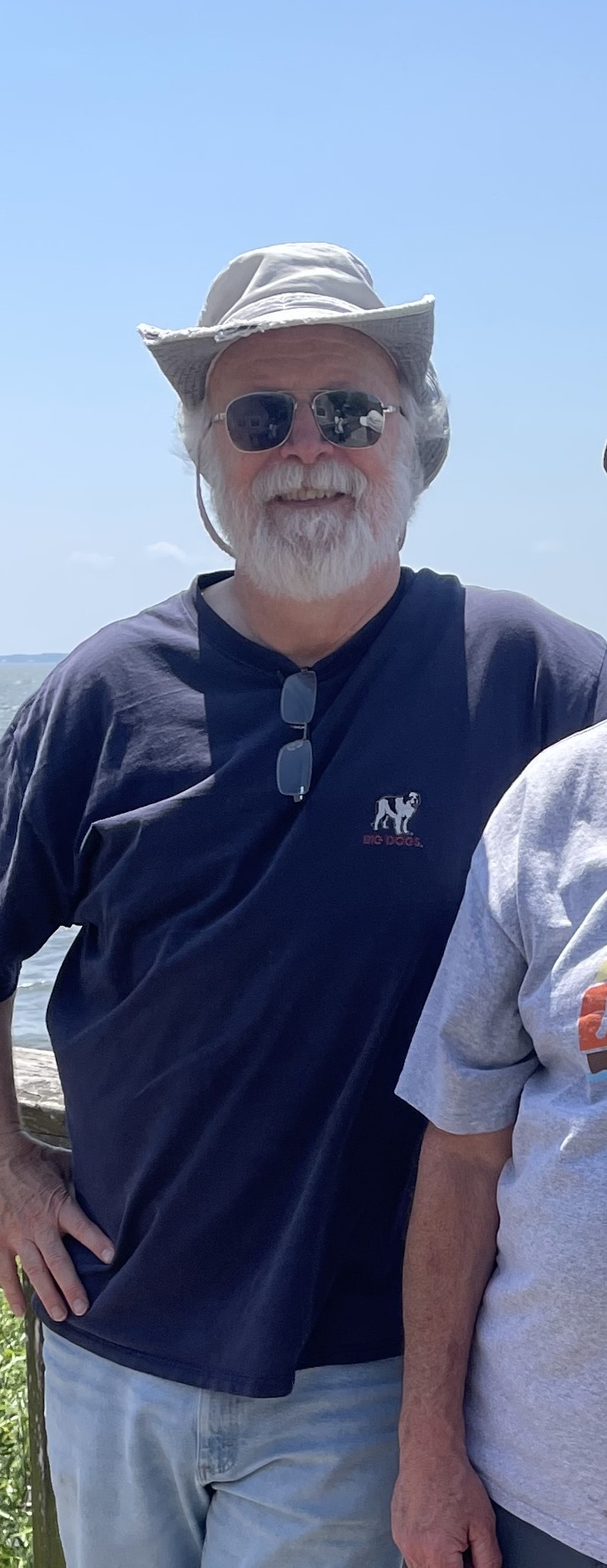Night Sky: Visible planets and more highlights for September
The Rest of the Veil!
Last month I posted this image of NGC 7974, the Western Veil Nebula.
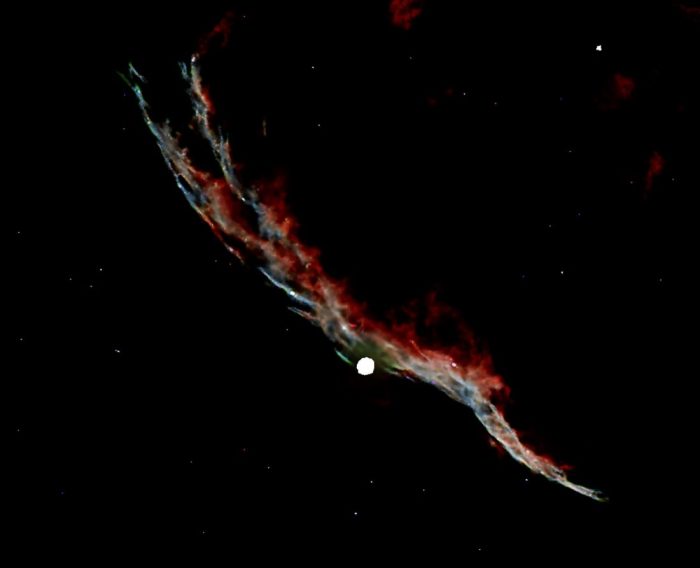
Almost immediately after posting this image, I got asked if there was an Eastern Veil. Of course, there is an Eastern Veil (NGC 6992), and here’s an image:
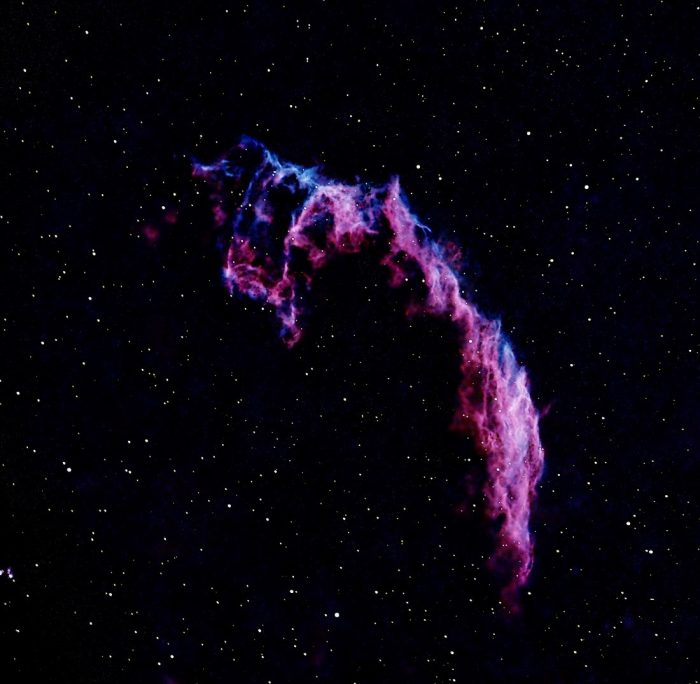
And there’s also a central veil, which is called Pickering’s Triangle (NGC 6979):

Taken as a whole, they constitute the Cygnus Loop. The Cygnus Loop is the remains of a star that exploded about eight thousand years ago. It has a visual magnitude of +5, but I have never seen any of it with my naked eye. It’s about 2,000 light years away from us and occupies an area of sky that is almost six times the size of the full moon.
What you can look for in September’s Night Skies
With the coming fall, we are getting a fair amount of clear, calm nights. These conditions lend themselves to viewing and photographing the planets. September starts with Saturn rising at 7:47 p.m.

Saturn is about 900 million miles from the Sun. Saturn has 146 moons, and unfortunately, I was only able to capture three of them in this image! The moon on the left is Titan. The moon just to the right of Saturn is Tethys and the furthest right is Rhea. (Only six of the 146 moons are easily observed with Earth-bound telescopes.)
Saturn rises at 7:47 p.m. on September 1. It’s followed by Neptune at 8:15 p.m., Uranus at 10:53 p.m., then Jupiter at 12:16 a.m., and Mars at 12:52 a.m. You might be able to see Venus right after sundown on the 1st.
There are no major meteor showers in September.
Moon Phases:
New Moon is September 2
1st Quarter is September 11
Full Moon is September 17
Last Quarter is September 24


